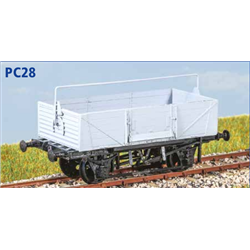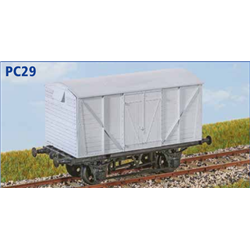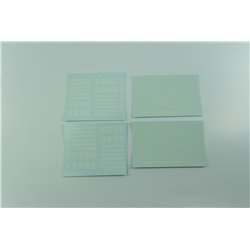As a modeller, but not necessarily an electrician, you may have read many 'how to' articles advising the use of a...
No products
Product successfully added to your shopping cart
There are 0 items in your cart. There is 1 item in your cart.
Search Tips
Christmas and New Year
We are dispatching orders every weekday apart from Christmas Day, Boxing Day and New Year's Day.
If you order is time critical, select next day delivery at checkout.
The shop in Sandown is closed from 25th December, reopening on 30th December.
What is a shock absorbing van?
Initially produced in the 1930s, shock-absorbing wagons were specifically introduced for the carriage of fragile cargoes such as glassware. Springs connected the wagon body to the chassis.
In addition to the buffers, these springs provided a little extra protection to sensitive cargoes, especially during shunting operations. Inevitably shock-absorbing vans were built slightly shorter than most other wagons. This allowed the wagon to 'travel' on the chassis, thus helping to absorb additional motion.
Shock absorbing vans could normally be recognised by the three vertical white stripes that were painted on their sides and ends, thus making them more readily identifiable during shunting operations.
Click here to receive the tips weekly in your mailbox. You can unsubscribe at any time.










